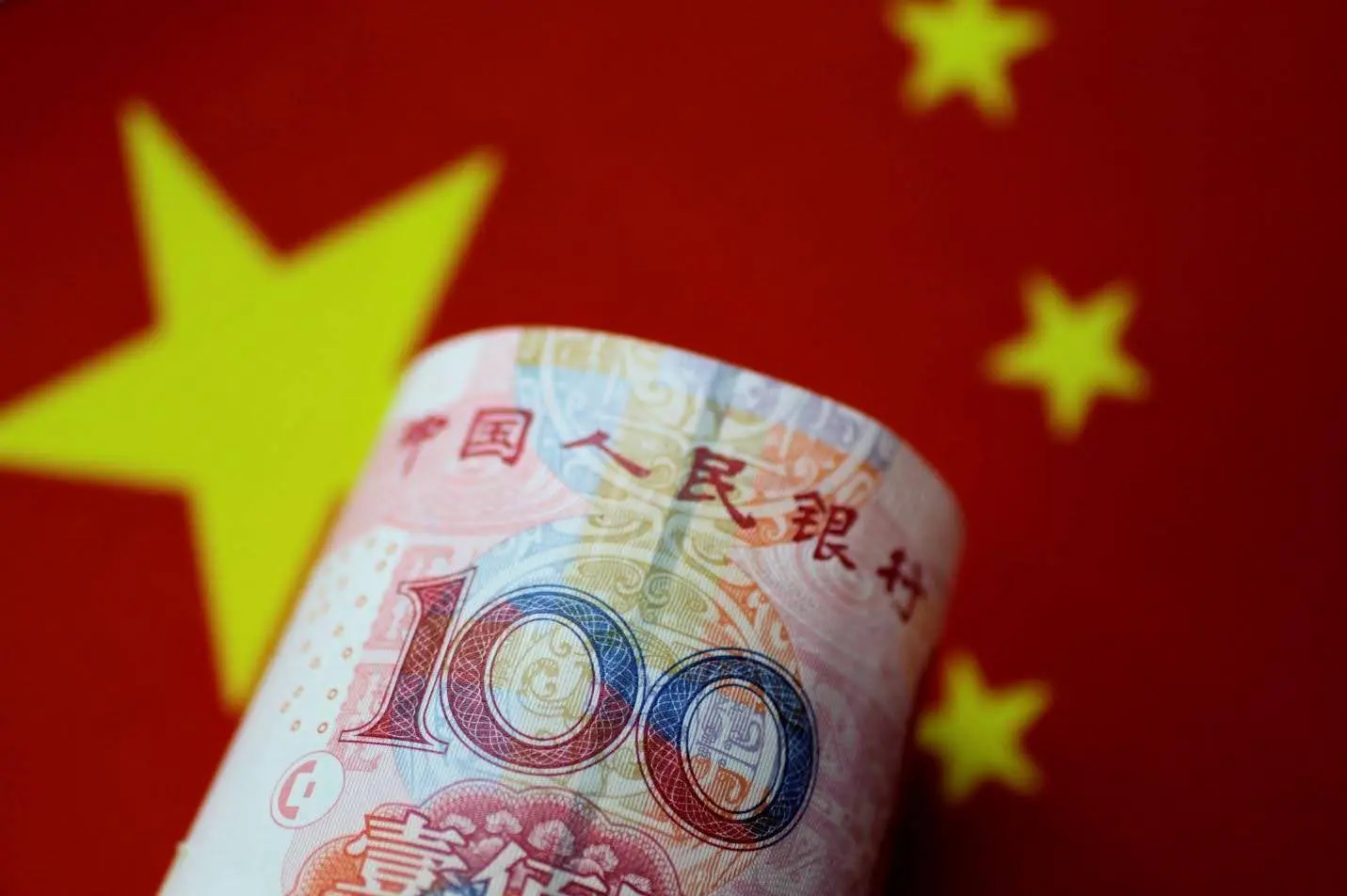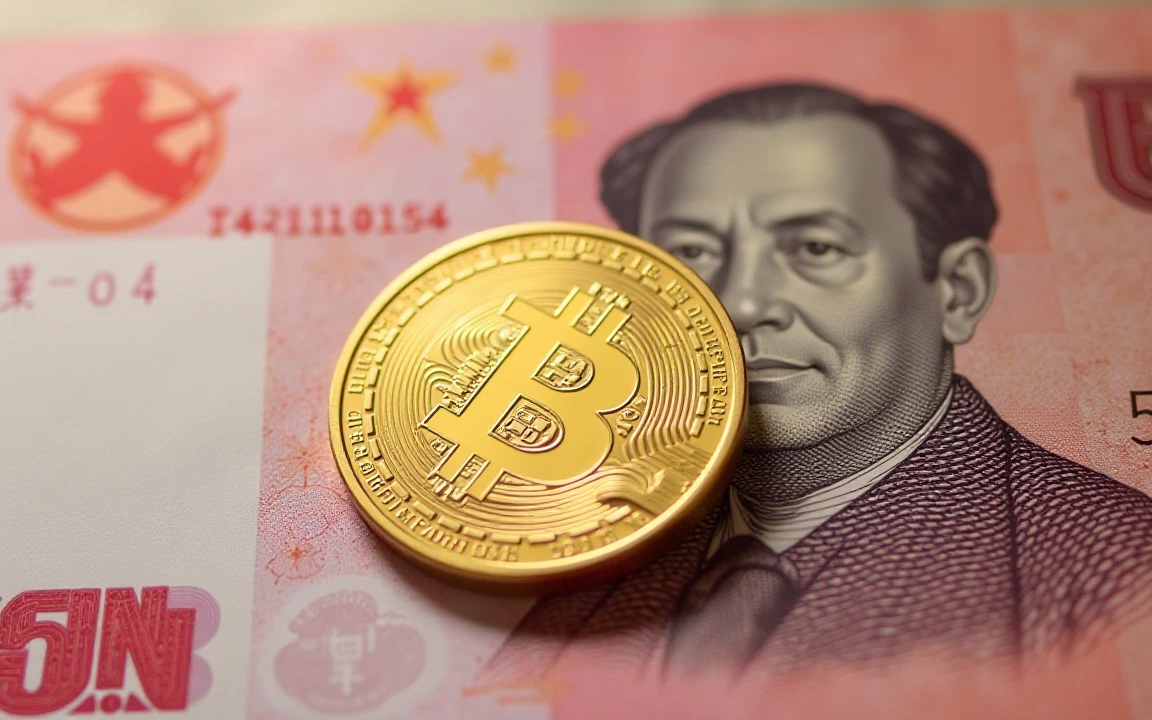Key Takeaways:
- China to approve new plan this month allowing yuan-backed stablecoins, signaling policy shift
- Move aims to boost global yuan usage and counter 99% U.S. dominance in stablecoin market
- Hong Kong and Shanghai chosen for fast-tracked implementation; global rollout on horizon
China is preparing to make a landmark move in the digital currency space. For the first time, it may approve yuan-backed stablecoins, a major reversal of its anti-crypto stance, as it aims to challenge U.S. dollar supremacy in global finance. The shift comes at a time when stablecoins are gaining traction worldwide, and Beijing appears ready to pivot strategically.

China’s Strategic Pivot: From Crypto Crackdown to Stablecoin Push
Making efficient and successful use of cryptocurrencies, it has been reported that China has completed a roadmap towards authorizing yuan-pegged stablecoins after having blocked trading and mining of all cryptocurrencies in 2021 after several years of tightening its grip on cryptocurrencies, according to several sources, which have been familiar with the deliberations. The proposal is then intended to be discussed in the State Council this month and would become one of the greatest financial policy changes in years in China.
If approved, the initiative would assign regulatory responsibilities, set adoption targets for yuan usage in international markets, and include frameworks for risk management. These developments signal a major departure from past policies and a move to reclaim ground in a stablecoin market dominated by U.S. dollar-backed tokens, like USDT and USDC, which now make up over 99% of global supply.
Read More: China’s Bitcoin Mining Giants Quietly Shift Production to U.S. Amid Tariffs and Security Heat
Why Now? Beijing Eyes a Digital Edge in Currency Wars
China’s motivations are both economic and geopolitical. With the yuan’s share in global payments dropping to 2.88% in June (its lowest in two years), the country is eager to revive global demand for its currency. The U.S. dollar, in contrast, commands nearly 47.2% of international transactions, according to SWIFT.
The timing is also strategic. The move precedes the upcoming Shanghai Cooperation Organisation (SCO) summit in Tianjin on August 31 – September 1, where China is expected to push for greater use of the yuan including in stablecoin form in cross-border trade.
It is reported that Beijing views stablecoins as a highly promising weapon: it is fast, programmable, and cross-border. Through the adoption of yuan-backed representations, China will be in a position to undo the major dependence on dollar-based transactions, especially within Asia and developing markets in reference to its Belt and Road initiative.

Hong Kong and Shanghai Take the Lead
Testing the Waters in Financial Powerhouses
China’s two financial powerhouses, Hong Kong and Shanghai will spearhead the local implementation of the plan. These cities, already playing key roles in the country’s digital yuan pilot, are now being positioned as launchpads for yuan stablecoins.
- Hong Kong, already ahead of most jurisdictions, saw its Stablecoin Issuers Licensing Regime go into effect on August 1. This regulation allows the territory to legally host and regulate fiat-backed stablecoin issuers, giving it a first-mover advantage in Asia.
- Shanghai is concurrently building a digital yuan international operation center, which may soon expand to cover stablecoin-related infrastructure.
The vision: to make them innovation centres of yuan-denominated digital finance, and develop operational models that can subsequently be extended into the world at large.
Read More: Shenzhen Issues Crypto Fraud Alert as Stablecoin Scams Multiply Across China
Risks, Roadblocks, and the Global Context
On the one hand, such a step will represent a considerable step in the right direction; on the other hand, however, it also has its blind spots:
- Capital controls: Using its formidable restrictions in cross-border capital movements, China is another obstacle to yuan internationalization. Such controls could restrict the free floating of the stablecoin across the world.
- Adoption risk: The digital yuan e-CNY has not achieved much adoption to date, and it is shadowed by Alipay and WeChat Pay. The same may happen to yuan stablecoins unless they get absorbed into business ecosystems and trade networks.
Other Asian economies are not idle in the meantime. The trend of fiat-based stablecoins is noted at the state level as South Korea and Japan are considering won- and yen-backed digital coins.
Support has become political in the U.S. President Donald Trump has publicly voiced support of dollar-backed stablecoins, and bills are currently being introduced, e.g. the GENIUS Act, to allow a regulated category of U.S. bank-issued tokens. U.S. Treasury officials, including Scott Bessent, have argued that stablecoins could reinforce the dollar’s global leadership.
The post China Set to Shake Crypto Markets with First-Ever Yuan Stablecoin Plan Amid Dollar Dominance appeared first on CryptoNinjas.

You can get bonuses upto $100 FREE BONUS when you:
💰 Install these recommended apps:
💲 SocialGood - 100% Crypto Back on Everyday Shopping
💲 xPortal - The DeFi For The Next Billion
💲 CryptoTab Browser - Lightweight, fast, and ready to mine!
💰 Register on these recommended exchanges:
🟡 Binance🟡 Bitfinex🟡 Bitmart🟡 Bittrex🟡 Bitget
🟡 CoinEx🟡 Crypto.com🟡 Gate.io🟡 Huobi🟡 Kucoin.





















Comments